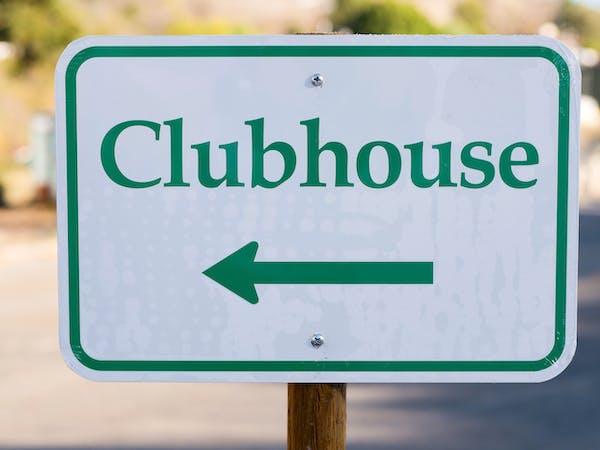The yachting lifestyle is one filled with glamour and prestige. On the surface, public images often portray boat owners and their crews frolicking around the Caribbean, living in the lap of luxury. However, beyond the glitz and glamour, the yachting community is home to unrecognized cases of addiction. The yacht club is a unique environment and can be fertile ground for the development and progression of substance use and other addictions.
The yachting community is often made up of individuals who are highly skilled and resilient. Many times, they are individuals who grew up around the sea and the lifestyle, as well as those who left the “real world” behind to pursue a love of the ocean. This unique atmosphere can sometimes be a breeding ground for high risk behaviors, including substance abuse and other addictions.

Since isolation is common among some of the yacht crews, drug and alcohol use can become an unwitting beacon of companionship and acceptance. In order to fit in and endure the pressures of living on a yacht, some sailors and crews may turn to recreational drugs, which can mask the stress caused by long, isolated trips on the sea. In addition, many crews will find access to drugs and alcohol more easily available, and may engage in recreational use that becomes intermittent, then day-long, activities.
Due to the eclectic makeup of crews and the yacht lifestyle, mental health issues can also become part of the dynamic. Feelings of alienation, anxiety, and depression can become prevalent amongst members of a yacht crew. To cope, some individuals may turn to gambling, sex, or even eating disorders as a way to cope with the stresses of being on a yacht.
Additionally, the lack of consistent income and job stability faced by some crew members can lead to issues with financial stress and debt. This problem can lead to more dangerous, compulsive behavior, including excessive spending and impulse purchases, both of which can lead to destructive behavior and addiction.
Unfortunately, addiction on the yacht club is largely unrecognized and goes largely unreported. Due to the close-knit dynamics of many of the crews, reports of drug, alcohol, or other types of addiction can go unnoticed,especially in cases where crew members have been hired with a specific lifestyle in mind.
The stigma that can come with reporting addiction can be another factor that keeps cases of addiction hidden by the yacht club. And, since the industry of yachting relies on reputation and loyalty between crew members and owners alike, crews are often hesitant to report addiction or other problem behaviors.
In order to combat these unrecognized cases of addiction, yacht owners and crew must remain vigilant and be willing to report suspicious activities and alert authorities. Furthermore, developing programs on board to educate crew members on the signs of addiction, as well as training for crew aboard emergency responses can help to ensure the yacht club remains a safe and comfortable environment.
In conclusion, addiction on the yacht club is not only an issue that is unrecognized, it is an issue that is very real and can have serious consequences if not identified and treated. Therefore, it is important for yacht owners and crew to remain vigilant and to report suspicious activities, as well a to develop programs and trainings in order to combat this issue. By addressing the issue of addiction on the yacht club, we can ensure that it remains a safe and healthy atmosphere for sailors and crew members alike.






